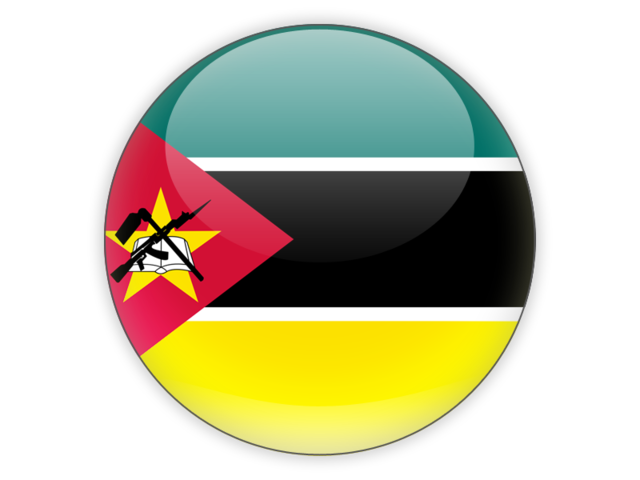The Vatican Museums are one of the largest museums in the world, with a huge collection that includes art treasures from Roman and Egyptian antiquity, religious artefacts, rooms with incredible frescoes and even modern art.
Pope Nicholas V (1447-1455), who asked Blessed Angelico to decorate the private chapel, Capella Niccolina, in his chambers in the Apostolic Palace. Later, Pope Alessandro VI Borgio (1592-1503) decided to live in a more private area of the Apostolic Palace and asked Bernardino di Betto, known as the Painter, to decorate that wing of the palace. The Pontiffs considered themselves to be the legitimate heirs of Roman history, which gave rise to the Vatican Museums, originally as collections of classical sculpture.
Over time, especially during the period of the Enlightenment, these museums were renewed and from the second half of the 18th century, thanks to discoveries during excavations in Roman territory and the Lazio region (where Rome is located) and acquisitions from private collectors and antique dealers, the pontiffs’ collections increased significantly, creating the art collection that the Vatican Museums have today.
The Vatican Museums include:
- Gregorian Egyptian Museum
- Gregorian Etruscan Museum
- Pio Clementino Museum
- Chiaramonti Museum
- Lapidary Gallery
- New Wing
- Gregoriano Profano Museum
- Lapidario Profano ex Lateranense
- Pius-Christian Museum
- Christian Lapidarium
- Jewish Lapidarium
- Pinacoteca
- Ethnological Museum Anima Mundi
- Carriage Pavilion
- Christian Museum
- Profane Museum
- Room of the Aldobrandini Wedding
- Chapel of St. Peter Martyr
- Collection of Modern and Contemporary Art
- Sistine Chapel
- Raphael’s Rooms
- Borgia Apartment
- Niccoline Chapel
- Chapel of Urban VIII
- Room of the Immaculate Conception
- Room of the Chiaroscuri
For online bookings: help.musei@scv.va
